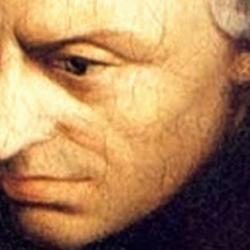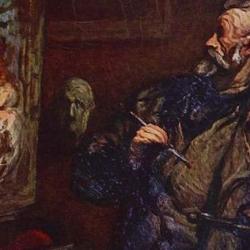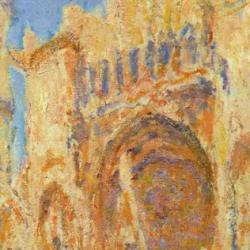In the highly sensible opening chapter to his Creator Spirit: The Holy Spirit and the Art of Becoming Human , Steven Guthrie asks what makes “art” seem “spiritual” to so many people. Many, he notes, find that art is spiritual because both “art” and “spirit” are mysterious, unsayable. He notes that the Spirit in Scripture is mysterious, a boundary-breaker, plan-disrupter, a surprise-bringer. But he also rightly insists that it is simplistic to say that the Spirit is simply “unsayable”.” Citing the many passages of the New Testament that link the Spirit to communication, he concludes that the Spirit is the mysterious wind but also the “breath that carries speech from speaker to listener . . . The ruach not only moves, but carries – gifts, power, words, insight, and so on. It is movement-between .”
He resolves what he calls the “paradox” of the Spirit’s ineffability and communicability, and the parallel “paradox” in art, in several ways. He cites Calvin Seerveld’s observation that art communicates by “allusivity,” its ability to hint at or refer indirectly so as to enable one to participate in the reality hinted at or referred. In this sense, the ineffability of art, and of the Spirit, is the mode of its communication. It’s precisely the allusiveness and elusiveness of art that enables it to communicate in a participatory manner.
Guthrie summaries this way:
” A communicative act that aims at the collaborative activity of mutual love – here we have a much richer, more satisfying way of thinking about artistic ineffability. And it is fair to say that in this richer conception there is indeed a structural similarity between the aesthetic and spiritual experience. In each case the experience (1) communicates and reveals and yet (2) cannot be reduced to words; each (3) originates in love and (4) culminates in participation.”
The mystery of the Spirit, like the mystery of art, is the mystery of personality. Guthrie observes that artists (he is citing interviews by Robert Wuthnow) often speak of the “spirit” that inspires their art as a force, energy, an impersonal Reality. Such a spirit cannot maintain the “paradox” of communication and mystery; an energy might be described in prosaic, mathematical terms; it is reducible to forumlae and definitions. A force cannot communicate with us. But a person both communicates and remains beyond our comprehension: “It is precisely because the Holy Spirit is a person, and not a force, that we cannot box him into doctrinal formulations. It is because he is a person that he is mysterious.”











